A Visual History of The Next Big Thing
UPDATED: December 13, 2016
In business, vision isn’t some mythical ability to see the future. It’s about being able to recognize a pattern and apply it to something new, before others see it coming.
Using a visual history, I’ll introduce you to one such pattern, the incubation of new media within old media. I’ll review some examples of how the pattern has repeated itself over the past 30-years, from one Big Thing to the Next.
I’ll then apply the pattern in the here-and-now, to see how it points to The Next Big Things.

New Media as Features in Old Media
Incumbents, reluctant to relinquish their positions of power within old media, are slow to recognize and embrace innovations in new media. This dogmatism gives new media the opportunity to first gestate as features within old media, and eventually emerge as a powerful independent force.
In the vignettes that follow, you’ll see the same pattern, repeated over and over:
An incumbent player, when presented with a new innovation, attempts to incorporate that innovation as a feature within their existing user experience.
An emergent player, introduces that innovation as an entirely new medium, giving the innovation room to achieve its full potential, as The Next Big Thing.
A Visual History of “The Next Big Thing”
We’ll start by looking at some historical examples, beginning with digital documents.
Digital Documents
This is the 1989 Canon Typestar 110, “the final stage in typewriter development”. At the time, the existing experience of creating docs was based in the print medium.

Digital document processing was introduced as a “feature” within typewriters (highlighted in the picture above).
Digital word processing could not be contained within the old medium of print typewriters. By breaking the feature out of the old medium into a new experience, an entirely new class of product emerged.
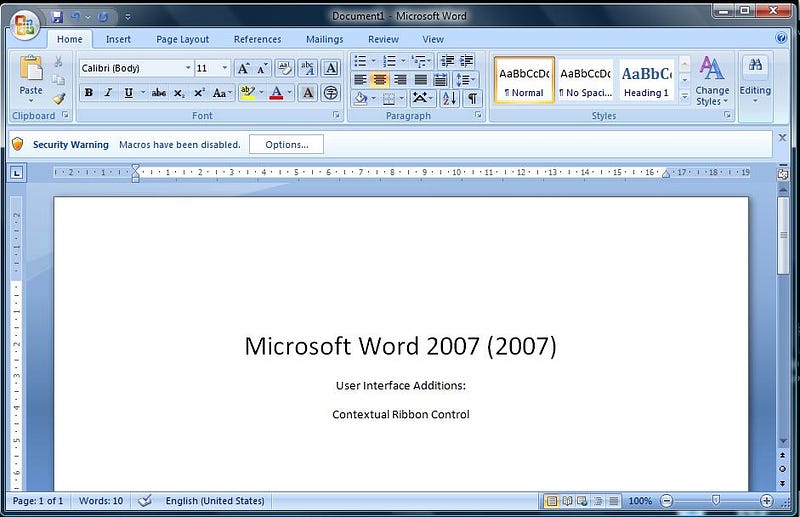
The World Wide Web
Gopher, contemporary to the HTTP protocol of the World Wide Web, was designed for distributing, searching, and retrieving documents over the Internet. In many respects, it was designed to be what the Web became.
Gopher embraced a document hierarchy as its organizing basis. This idea of documents contained within a hierarchy of folders, was the incumbent organizational system at the time, the old medium. The individual document was a feature within this scheme (highlighted below).
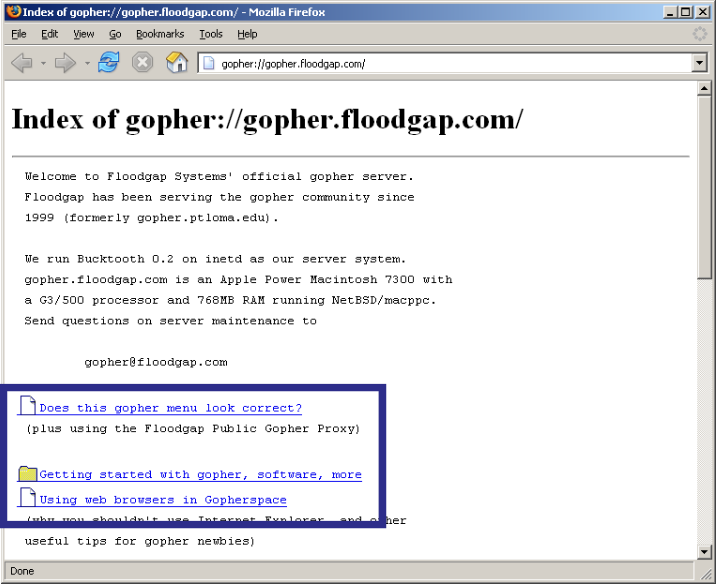
The World Wide Web inverted this organization, with free form linking across documents as the new medium. The feature of the “document web” emerged as a massive new medium for publishing and sharing information.
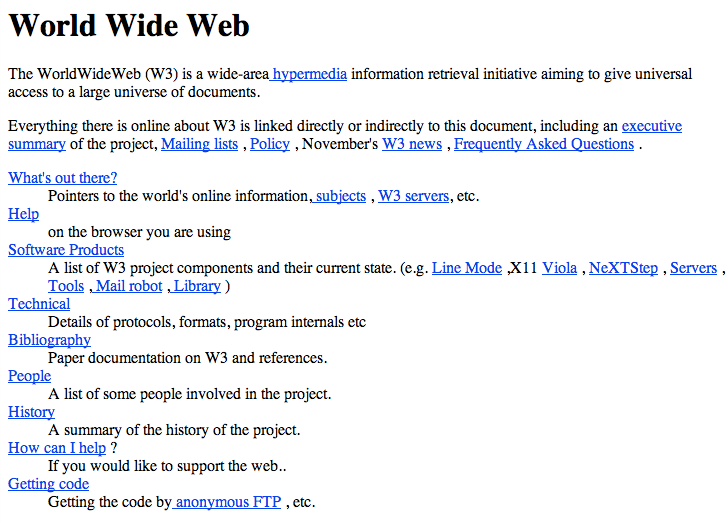
Online Services
Proprietary online services such as America Online were “walled gardens”. Hard as it is to imagine today, the open Internet was presented as a “feature” within these online services (highlighted below).

New entrants such as Yahoo made the open Internet the focus, not the feature, enabling an entirely new class of Web-based online service.

Search
Unfortunately for Yahoo, they, too, fell victim to the relentless evolution of new media.
“Search” was merely a feature embedded within the Yahoo experience (highlighted below).
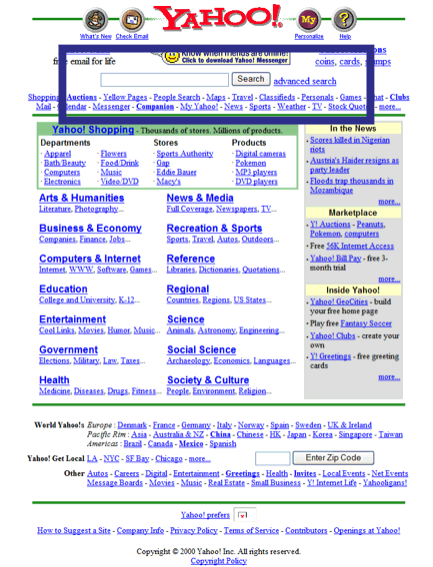
By breaking the feature of search out of the portal (and dramatically simplifying the search experience), Google emerged as an Internet giant, with search the dominant medium.
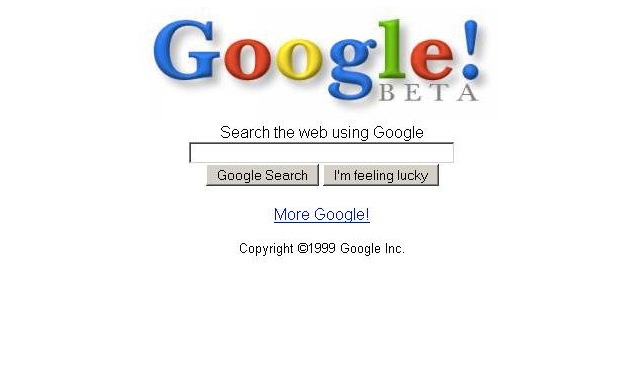
Social Networks
Websites began enabling community and socializing long before the notion of social networking was established.
Discussion boards within the websites of recording artists, for example, were introduced as a feature (highlighted below), but the medium of the website still reigned supreme.
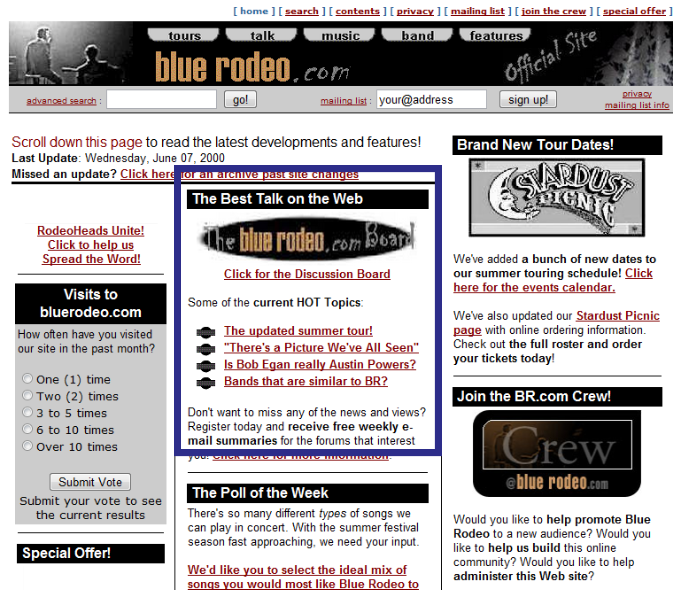
Companies that recognized socializing was the dominant activity, such as MySpace, gave rise to social networks as the new medium. Within this frame, music and recording artists became the feature!
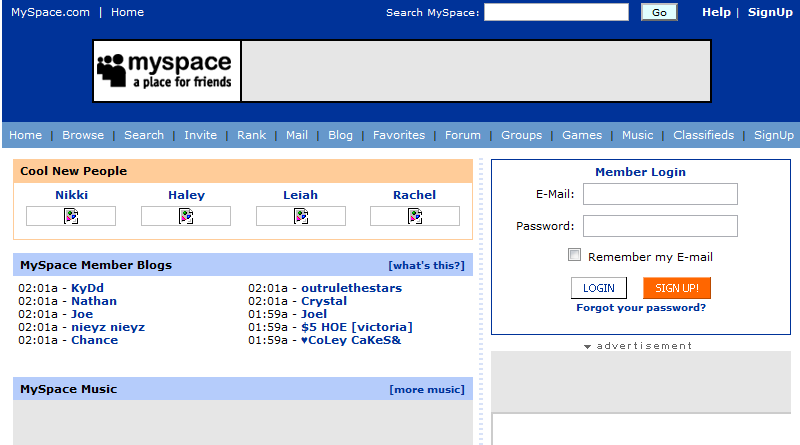
Instant Messaging
Instant messaging, as text-based media for communications, is among the oldest examples in this history.
For our purposes, I’ve picked up the story beginning with ICQ, which is credited as the originator of instant messaging as a stand-alone service (manifesting most of the features we identify with IM today).

As a medium for one-to-one communications, the notion of a personal identity (that is, you!) is a deep feature of instant messaging.
A parallel development to instant messaging is the development of chatbots, which evolve the feature of the instant messaging participant into new media. In the example below, one of the participants in the instant messaging experience is an automated customer service agent, which constitutes the new medium.
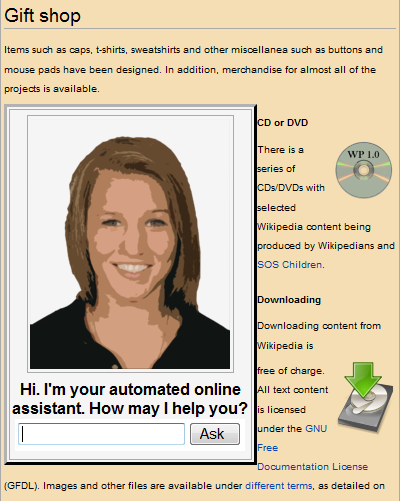
I’ll pick up this story later on in the history, to explore the evolution of messaging chatbots.
Microblogging and Activity Streams
As quickly as social networks like Facebook were taking hold, they were incubating new media.
Microblogging (or activity streams) are one prominent example. Facebook included “status updates” as a feature in their service (highlighted below).

Services like Twitter made that feature the focal point of their social network, establishing an important new medium.

But even a medium as dominant as “The Stream” started to wane and give way to The Next Big Thing, as Alexis Madrigal highlighted in her excellent essay, 2013: The Year ‘the Stream’ Crested.
Mobile Computing
This arc of innovation in mobile computing extends well before the Blackberry, but it serves as an effective frame on our question of the Next Big Things. Blackberry is regarded as one of the greatest rise-and-fall stories in tech history. (The company once commanded 50% of the smartphone market; today their share is negligible.)
In the case of Blackberry’s history, the evolution of new media is painfully obvious. There’s at least two broad axes of innovation, across both the applications of the computing device (2-way paging evolving to email evolving to thousands of apps), and the computing interfaces (miniaturization of components evolving to interactive components such as screens and voice).
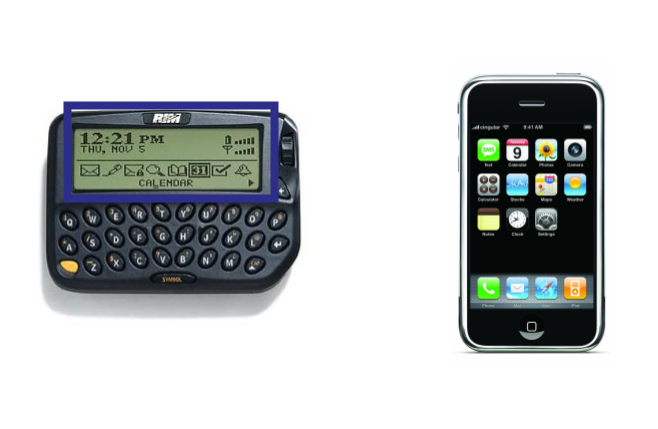
Will the relentless evolution of new media turn on Apple next? Absolutely, the only open question is how they’ll respond.
The Next Big Things?
The simple pattern highlighted in the examples above might be interesting, but it’s only insightful to the extent it can be applied to new opportunities.
In applying this pattern, note that The Next Big Thing is rooted in human experiential terms. It’s not merely technological change (although it’s often enabled by a confluence of technological breakthroughs).
Sometimes offline experiences migrate online; sometimes the digital realm enables entirely new experiences. But in all cases, there’s a new medium to contain that experience.
Here are a few forward-looking examples.
The Internet of Things
IoT, as the networking of all physical devices, is a profound shift in computing. IoT will be instantiated in over 50-billion devices by 2020, dwarfing the smartphone market.
Returning to the example of the iPhone, it’s not entirely clear which way history is headed. On the one hand, Apple, as expected, is trying to extend the medium of mobile apps into new devices like the Watch, while IoT innovations are taking mobile computing in new directions.

Smart home devices like the Amazon Echo are both creating new media (ubiquitous computing) and leveraging other new media (such as intelligent assistants, discussed below).
To the extent that smartwatches have failed, it may signal the waning days of apps as a medium. Of course, this doesn’t deny the possibility of smartwatches manifesting new media (such as contextual interfaces joined to intelligent assistants and cognitive services).
Interest Networks
Companies such as Twitter and Pinterest raised the profile of “interest networks” as an evolution of social networks.
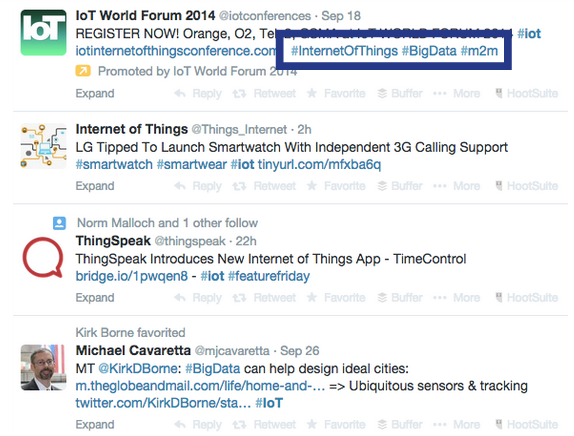
It’s important to note that the experience of mass market “interest networks” remains very much anchored in the social aspects. Interests, the new medium, is very much subordinate within social media.
Using history as our guide, we would expect the emergence of a pure interests network, one that doesn’t require social networks as an intermediary.

Cognitive Services
Before we start thinking that Google is immune to the dogmatic lure of old media, here’s an example of the old medium of search colliding with the new medium of computational services.
Google and other search services are increasingly embedding computed knowledge within their conventional search experiences. In the example below, information about weather is assembled on-the-fly, as opposed to retrieved from third-party sources.

Services such as Wolfram Alpha (below) and IBM Watson are giving computational services a lot more room to breathe.

Intelligent Personal Assistants
Services such as Siri from Apple and Google (pictured below) are often identified as “the future of search”.
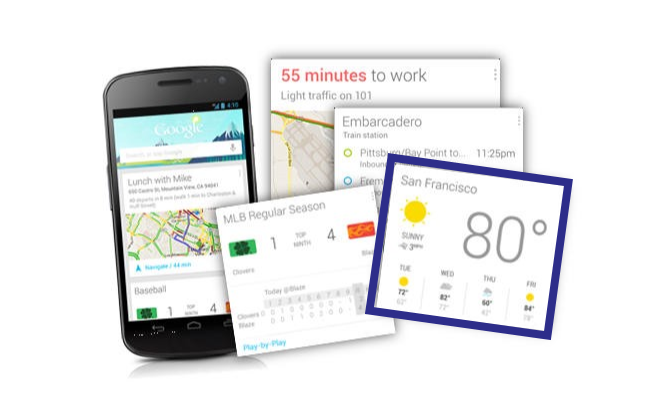
On closer inspection, the pattern of “feature within old media” is firmly entrenched, even in these seemingly futuristic experiences. In this case, the dominant experience of task-oriented services permeates the current mass market experiences of intelligent assistants.
There are a host of smaller companies exploring intelligent assistants, not as general-purpose experiences, but rather specialists. In other words, the feature of an intelligent assistant, as a singularly focused task, may constitute an entirely new medium!

Primal for Twitter is one such example, applying a highly specialized task within content marketing. (Disclaimer: I’m the founder of Primal.) x.ai is another example, with a focus on appointment scheduling assistants for personal productivity.
Messaging Chatbots
Was there a medium in 2016 that generated more enthusiasm (and disillusionment) than messaging chatbots? In many respects, chatbots represent a consolidation of many of the new media evolutions discussed in this history: web, social, instant messaging, mobile, search, cognitive services, and intelligent assistants.
Within the frame of the fragmentation of media, which is the historical trajectory of new media, messaging chatbots seem to be ripe for further disruption. Perhaps they are presently too bloated, or they lack the specificity of a good feature (such as a focus on a specific task).
As hard as it is to imagine, could one or more messaging chatbots be important enough to break out of their hosts as a stand-alone new medium?

How to Recognize The Next Big Thing?
If the history of The Next Big Thing teaches us anything, it’s that new media invariably dominates old media, regardless of how hard the incumbents try to keep new media down.
Equally clear, the essence of The Next Big thing won’t be technological. Cloud, data, augmented, geo, semantic, mobile, distributed, implicit, programmable networks are statements of technological enablers, not human experiences.
No one would argue that giants like Google or Apple are incapable of adapting, or that they are unable to embrace these new media and new user experiences. However, their incumbent business and technical investments, their great success in old media, make it very difficult to recognize when features are eating their existing products.
